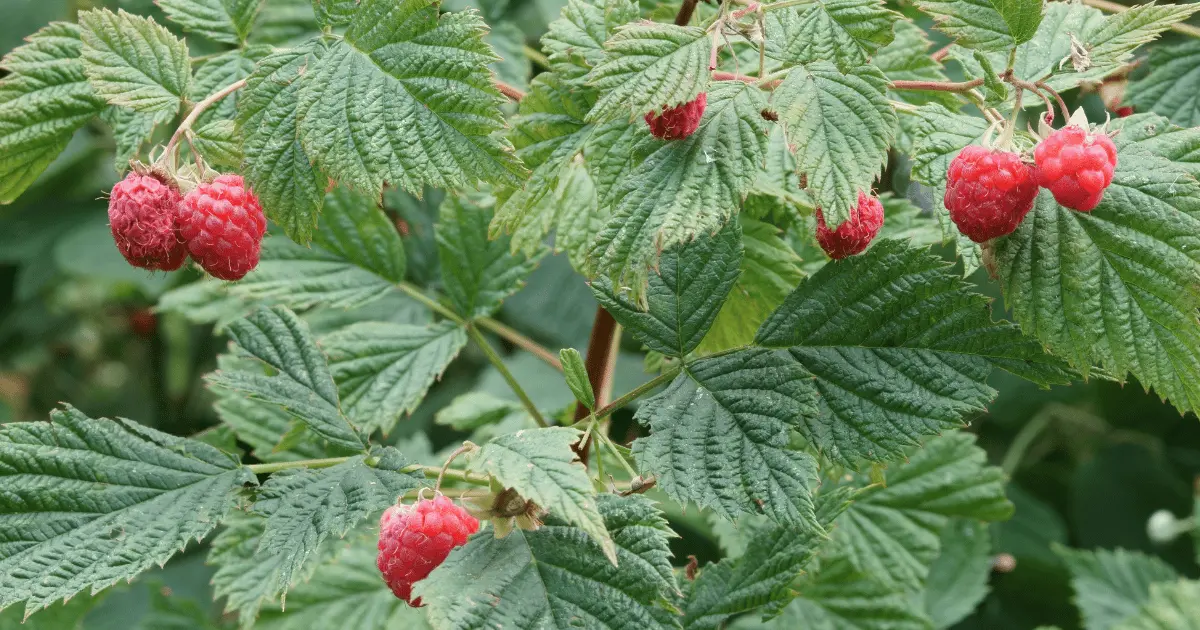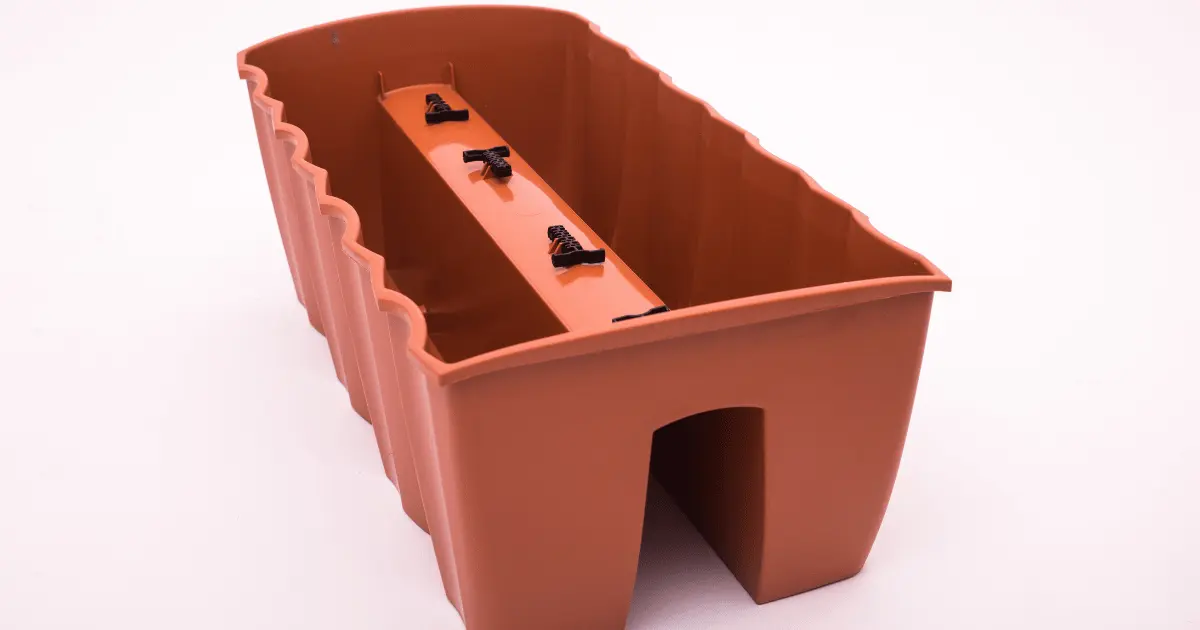Raspberries are hardy plants and are enthusiastic growers. The Raspberry plant is notorious for its eagerness to grow and reproduce, so gardeners must pay close attention to them to avoid overcrowding. Raspberries are also relatively easy to grow, so I recommend them to beginner gardeners.
The goal of spacing your raspberries is simple; the fruits should be kept off the ground to avoid disease infestation, and there should be space between the rows for walking. Spacing your raspberries isn’t rocket science; read on as you learn how to space your berries for the best yield.
Raspberry Plant Spacing

Depending on your chosen cultivars, the spacing between plants might be as close as 18 inches or as far apart as 36. Follow the precise planting instructions provided by the grower if you ordered a certain cultivar by mail and they came with it. If you need to know the variety of the bare-root plants you purchased from a garden centre, you can generally space them 24 to 30 inches apart.
Rows should be 5 feet apart to prevent them from growing together and becoming a massive, impenetrable, and difficult-to-maintain hedgerow. When you have the money, ten feet is preferable. Install the raspberry trellis when planting if you plan to use it to support each plant.
In mild climes, raspberries prefer full sunlight, while in hotter regions, they benefit from midday shade. Raised beds are a wonderful option if your soil is heavy and moist, as raspberries do best in light soil with low water retention and are sensitive to poor drainage. Although they may survive higher or lower pHs, they prefer soil that has a moderate pH, usually between 5.6 and 6.5. You can also plant strawberry companion plants if you want to use the extra space between each plant.
Raspberry Plant Spacing in Raised Beds

Raspberries are frequently sold as bare-root plants or sporadically in pots for simple planting. When planting potted berries, take care to put them with their roots at the same soil depth as they were in the pot. Plants that are planted too deeply will struggle.
Place the plants in the beds about 3 feet apart if you’re planting many at once. Ensure that the width of your planter boxes is at least two feet. Raspberries require a lot of space to keep spreading year after year, and this will provide lots of room for fruit and new canes to grow.
Raspberry Planting and Spacing in Containers

Most raspberries are too big to be grown in a container. However, species such as Heritage or Raspberry Shortcake can do well in large pots. If you want to go with something other than the Heritage or Raspberry Shortcake varieties, ensure that whatever variety you choose is a fall-bearing one.
Raspberries should be planted in a container between 24 and 36 inches wide and deep. Ideal container sizes that provide enough room for future cane growth are five-gallon pots. Depending on the size of the container, begin with three to six canes.
When growing your raspberries in Pots, do not use your garden soil; instead, go with a potting mix. Also, the fertilizer you choose should be organic because you will eat the berries!
Move the raspberry pots to an unheated garage in areas with severe winters, letting the plants lay dormant while providing just enough water to keep them alive. After the risk of frost has passed, move the expanding raspberry bushes back to a sunny spot. Avoid leaving ceramic or terracotta pots outside all year round in frigid climates since freeze-thaw cycles can shatter those containers. Tomatoes and peppers are other plants that can be grown and spaced in containers.
Advantages of Planting Raspberries in Raised Beds
There are many advantages of planting your raspberries in raised beds; the next paragraph will explain some of them in detail.
- Helps Gardeners With Back Problems Easily Reach Fruits
Do you have a problem with your back? Planting your raspberries in raised garden beds is the solution you need. Mobility issues might make it difficult for gardeners to reach fruit and care for runners and weeds. Fruit and soil are within reach when planted a little below ground. Raising the planting level above the soil’s surface can also help lessen the weed growth that could crowd your plants and rob them of vital nutrients.
- Soil Revitalization
When you install a raised bed on an area of your garden that was previously unproductive, that area can quickly become productive because you are now in charge of the nutrition of that garden area.
Installing a raised bed in an area of the yard that wasn’t useful before can create many opportunities. A bed transforms a sunny region covered in rocks or concrete into a hospitable and productive part of your garden yard.
A raised bed also implies that you control the soil’s quality and nourishment for your plants.
Your crop will increase if you cultivate healthier soil rich in an organic matter designed specifically for raspberries. This is important because raspberries thrive on soil with a pH of 5.2 to 6.2. As the ground soil becomes too wet, you can also ensure the raised bed has adequate drainage.
- Raised Bed Prevent Encroachment of Your Raspberries With Other Vegetables
If you’ve planted raspberries before, you will know that raspberry plants expand by growing new canes and sending out sideways roots. If you plant your raspberries in your backyard, their growth pattern can be problematic because the raspberries will compete for available space. A raised bed, especially one at least 2 feet off the ground, acts as a natural barrier to prevent nearby plants and your prized vegetables from being invaded by raspberry roots.
- Early Exposure To Sunlight
The soil around the raspberry roots begins to warm up earlier than it would have if it were just in the ground because of the raised beds’ exposure to the sun.
Brick and galvanized steel usually absorb the sun’s heat, storing it during the day and releasing it at night. Also, this provides a big enough window for gardeners in very cold climates to have raspberries.
- Prevention of Pests
Finally, a raised bed keeps the pests away. Pests can no longer attack the base of your plants because you are using soil above ground level. To keep rats out, you can also put hardware cloth around the bottom of the planter. A smooth-sided planter can be an efficient barrier for pests or insects attacking your plants.
